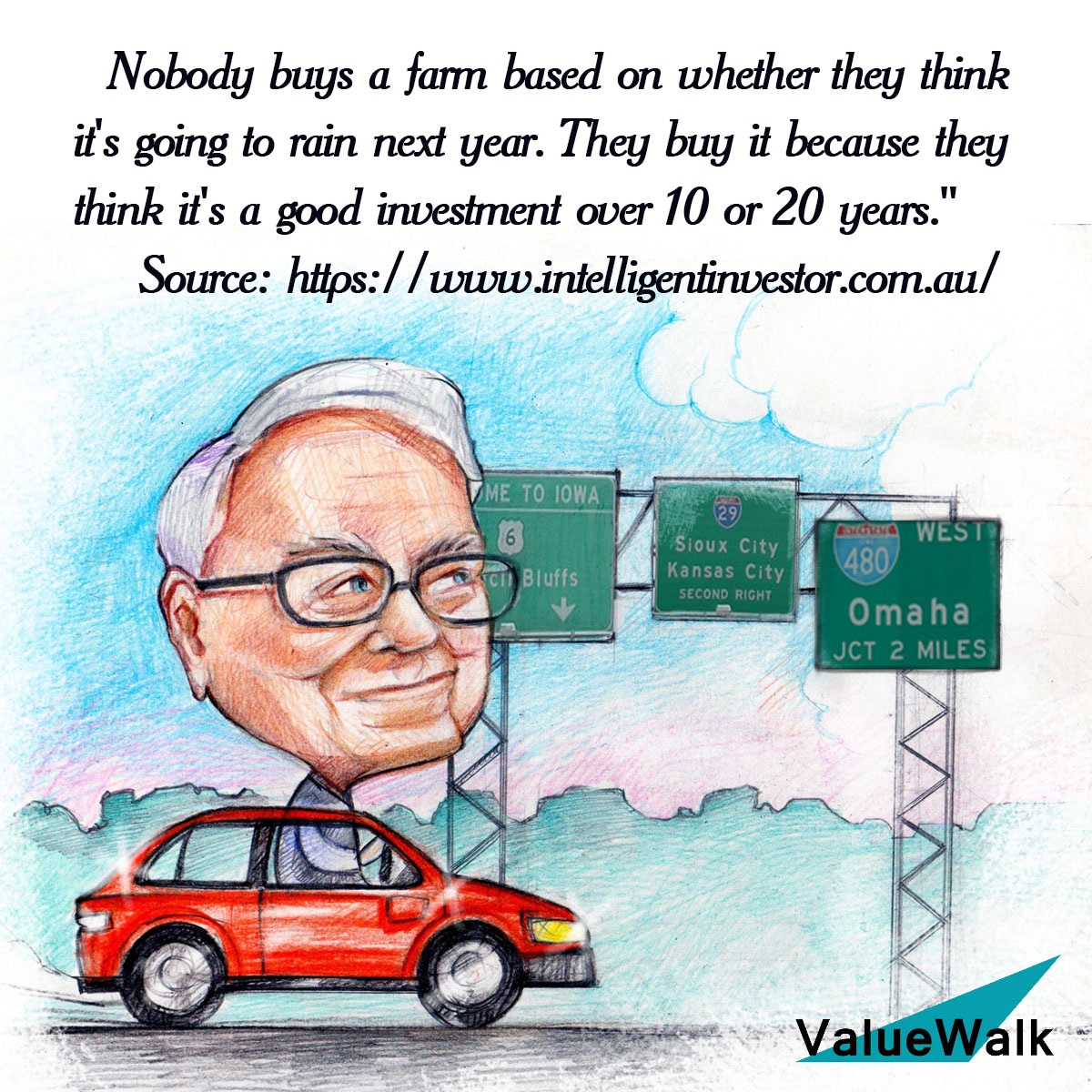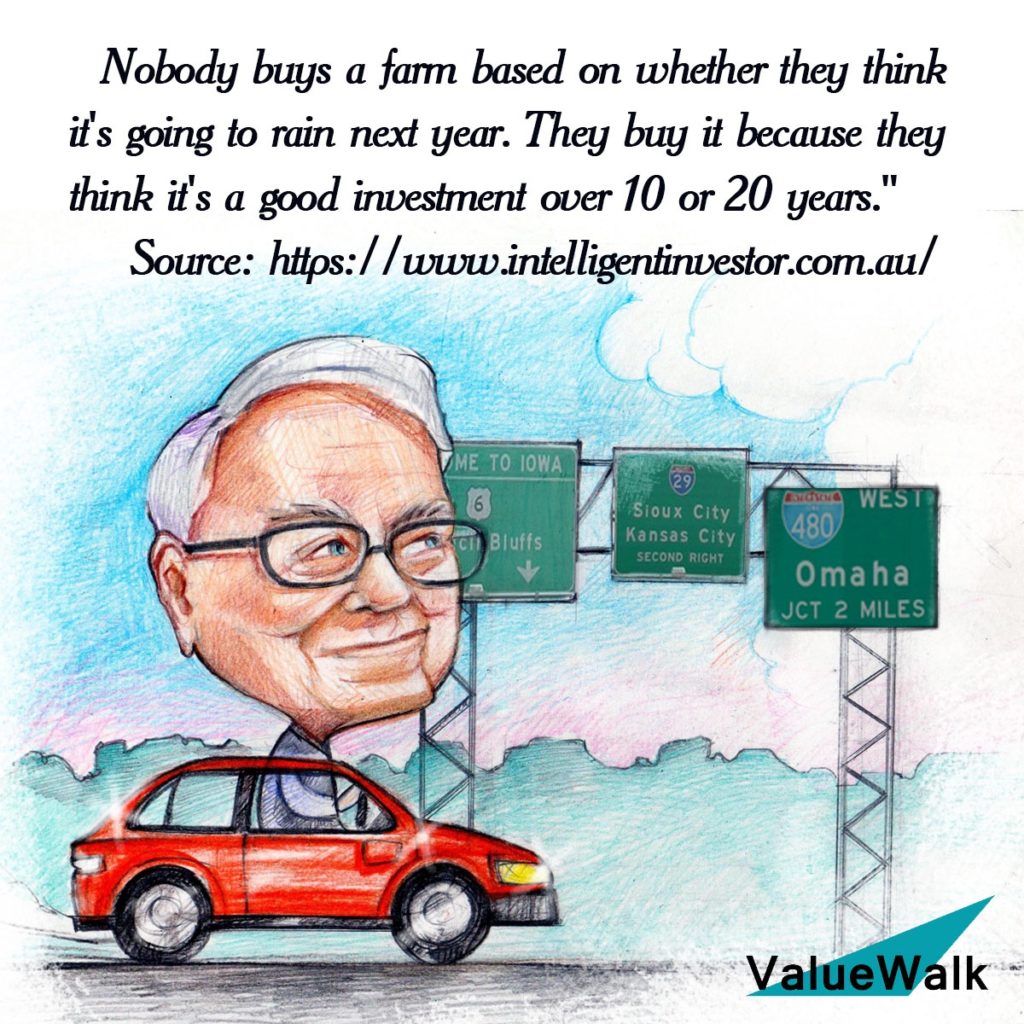While working as a fund manager, I often watched Bloomberg TV at night to see where the futures were trading and if I missed any news after leaving the office. Out of habit and curiosity, I continue this routine today. On a recent and relatively uneventful evening, a portfolio manager was interviewed and asked about her opinion on the stock market. Her hedged response caught my attention. Specifically, the portfolio manager said she was “structurally constructive and tactically cautious”. Is this bullish or bearish? I couldn’t tell, but I wrote it down for the next time I’m asked an uncomfortable question.
[buffett]
Q2 hedge fund letters, conference, scoops etc
Whether right or wrong, I’ve always respected investors with strong opinions. And there are certain investors whose opinions I always appreciate and seek. Opinions that you know you can trust and are unbiased. For most value investors, including myself, Warren Buffett comes to mind.
For those who missed it, I recommend watching Warren Buffett’s Bloomberg TV interview from last week. He was interviewed while visiting New York to dine with the winner of his annual lunch auction. The winner paid $3.3 million to have lunch with the Oracle of Omaha. Fortunately, I didn’t need to pay $3.3 million for Mr. Buffett to answer a question I’ve been eager to ask.
Specifically, David Westin of Bloomberg TV asked,
“One of the things you look at is the total value of the stock market compared to GDP. If you look at that graph it’s at a high point, the highest it’s been since the tech crash back in the late 90’s. Does that mean we’re overextended? Is it a better time to be fearful rather than greedy?”
What a great question, I thought. I couldn’t wait for his answer. Let him have it Warren! It’s your favorite valuation metric flashing red – tell everyone how expensive stocks have become! I was very excited to hear his response.
He replied,
“I’m buying stocks.”
Shortly after his response a red breaking news headline appeared on Bloomberg announcing, “Buffett: I’m Buying Stocks”. It wasn’t the answer I was hoping for or agreed with, but how can you argue with Warren Buffett? He’s a value investor many of us admire and strive to emulate. No one starts a client meeting with, “Hi, I’m a value manager and disagree with Warren Buffett. Please send me your money”.
The interview continued with Mr. Buffett discussing his long-term perspective, saying,
“I’m not buying them because I think they’re going up next year. I’m buying them because I think they’ll be worth quite a bit more money 10 years or 20 years from now. I don’t know if they’ll go up or down tomorrow, next week, next month, or next year. I do know they’re good businesses.”
In other words, if you hold high-quality stocks long enough, you should do well. Or at least relative to bonds. Warren Buffett explained,
“You have to measure investments in relation to each other. And your alternative for most people is fixed income and you get 3.02% or something like that for 30 years. So would you rather invest in a company which is earning 15 or 20 percent on their invested capital and compounding or would you rather have a 3% bond which could never earn more than 3%?”
A game of “Would You Rather” with Warren Buffett – how exciting! Unfortunately, Mr. Westin of Bloomberg didn’t play along. Nevertheless, I think it’s an important and timely “Would You Rather” question for investors. Specifically, at today’s prices, would you rather buy high-quality stocks or long-term bonds?
Based on how the question was phrased, the answer seems obvious. Of course I’d rather own an investment compounding 15% to 20% per year than a long-term bond yielding 3%. Who wouldn’t? However, it’s not that simple. More information is needed.
What about price? Even good businesses can be poor investments assuming one overpays. Just look at many of the high-quality stocks in the late 1990’s. Or how about the Nifty Fifty in the 1960’s? To make an informed decision and avoid overpaying, we must know the price we’re paying for these high return on capital businesses.
Based on my analysis of the stocks on my possible buy list, I believe high-quality businesses, on average, are very expensive. WD-40 Corp (WDFC) is an excellent example. Although I consider it a good business with superior returns on total capital and equity (41% ROE), its stock is trading near 43x earnings and 6x revenues. As an absolute return investor, what is more important, the company’s ROE of 41% or its earnings yield of 2.3%? Regardless of WD-40’s above average return on capital, I’m avoiding its stock and consider it expensive.
In addition to price, I believe it’s important to consider the cyclical influences on return on capital. At this stage of the profit cycle there are many companies generating attractive returns. And it’s something we addressed in our most recent The Bottom-Up Economist report – on average, operating results for most businesses are favorable. However, acknowledging profits and returns on capital are healthy is not the same as acknowledging stocks are attractively priced. This is especially true if profits and returns on capital are unsustainable or near peak levels.
For example, Fannie Mae (FNM) was generating attractive returns on equity capital during the housing boom (averaging 15.8% ROE 2004-2006). Many investors believed the company’s retained earnings could be reinvested at double-digit returns on equity indefinitely. At least until the housing bubble popped. In Fannie Mae’s case, historical returns on capital were not an accurate guide of future returns.
To properly answer Mr. Buffett’s “Would You Rather” question, I’d also like to know if the 15% to 20% return on capital is on existing capital or on the reinvestment of new capital. There’s a big difference, especially as it relates to compounding. Currently, I’m aware of many companies generating 15% to 20% on existing capital, but fewer that can generate those type of returns when reinvesting profits. It’s one of the reasons so many companies have turned to buybacks and dividends. With a limited number of high return on capital projects, a large portion of free cash flow this cycle has been returned to shareholders.
Stock buybacks are an interesting topic as it relates to return on capital. As corporations spend hundreds of billions on stock repurchases each year, how have return on capital metrics, such as return on equity (ROE), been impacted? Given the amount of buybacks this cycle, is return on equity a reliable measure of business profitability and future returns on reinvested capital?
A good example is Altria (MO), which has reduced its balance sheet (capital) considerably over the years with significant buybacks. It currently has an extraordinarily high return on equity of 75%. It’s difficult to imagine Altria reinvesting profits into the business and earning 75%. Again, for compounding purposes, it’s important to differentiate between return on existing capital and return on reinvested capital. For many companies, including Altria, these are two very different numbers.
And finally, to properly answer Mr. Buffett’s Would You Rather question, I’d like to clarify if stocks and long-term bonds are our only options? Is patience also an option? Asked differently, instead of buying stocks generating an uncertain 3% normalized free cash flow yield, would you rather buy a 6-month T-bill yielding a certain 2.29%? I know what I’d rather own.
It’s been a difficult cycle for disciplined value investors. I’ve spoken with many and I can tell you they are tired, very tired. And I understand how many professional investors need a reason to own stocks regardless of price and valuation – fully invested mandates require it. Owning high-quality businesses generating high returns on capital sounds reasonable. And I’m certainly not qualified to disagree with an investment legend like Warren Buffett. But in this case, or this particular game of “Would You Rather”, I’m not buying stocks and will instead buy the long-bond yielding 3%. However, as soon as I buy the bond, I’m selling it and trading it in for a T-bill.


